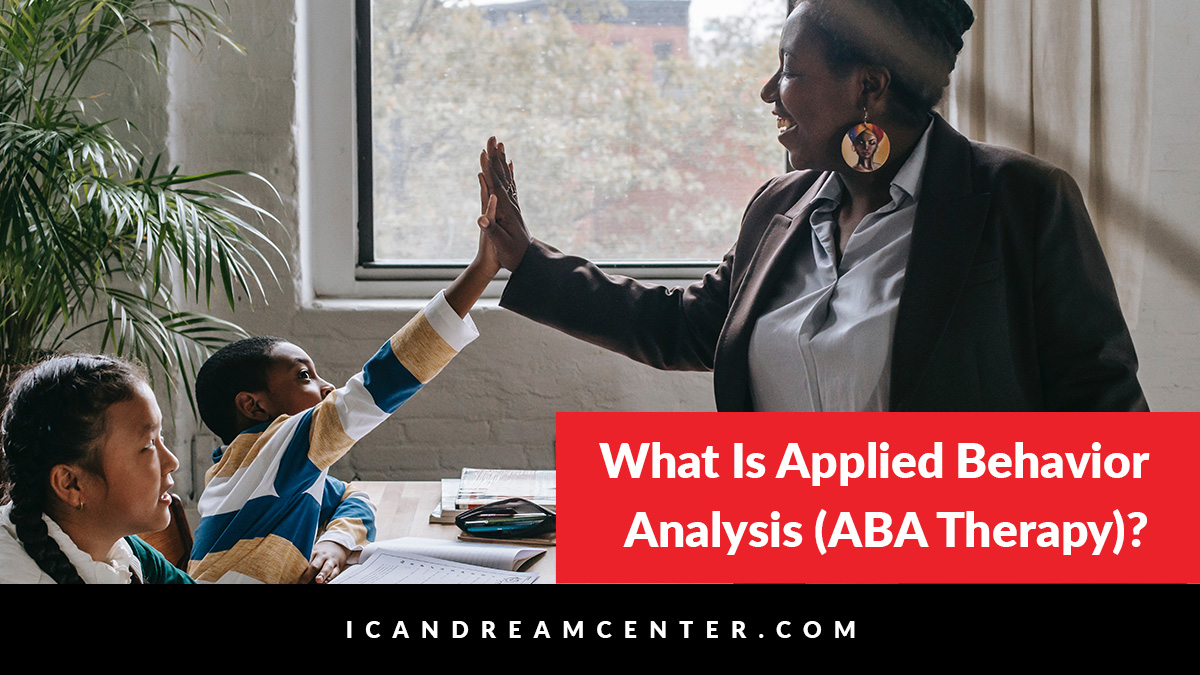
What Is Applied Behavior Analysis (ABA Therapy)?
ABA stands for Applied Behavior Analysis, which uses scientific techniques to modify behaviors. According to those who use it, the grandfather of these scientific principles is B.F. Skinner who employed these techniques on pigeons-teaching them to turn and peck when the words “turn” and “peck” appeared in their visual field. Were these pigeons reading? That we don’t know. What we do know is that Skinner used behavior modification techniques to teach the pigeons to make specific motions upon seeing the stimulus of these cue cards. According to Baer, Wolf, and Risley’s famous article released in 1968, applied behavior analysis is standardized only when practiced with the following seven essential elements:
- Applied
- Behavioral
- Analytical
- Technological
- Systematic
- Effective
- Generalizable
In short, ABA is actually just a method of learning new things and achieving goals by applying a rewards system. If, for example, you want to lose weight, you could either “simply eat less” or you could:
- Weigh yourself to “find your baseline”
- Set a goal weight
- Plan out a method for losing weight that includes diet and exercise
- Wait a week to see if your plan is effective
- Track your progress
- Modify and refine your plan
- Reward yourself for small successes
- Fade your rewards
- Achieve your goal weight
- Check to see if you can follow your plan in novel settings like when traveling
- Intermittently check in and give yourself reinforcements for maintaining your weight.
You could blog about your experience or share your results on social media to report and receiving further “positive reinforcement.” In essence, by doing this, you too are using ABA to modify your behaviors and achieve a goal.
What are the Seven Dimensions of ABA, and Why Are They Important?
1.) Applied
All applied interventions deal with socially significant problems
2.) Behavioral
Elements of the behavior intervention must be measurable
3.) Analytic
This is the proof that the intervention caused the desired effect. As in the case of the weight loss procedure we described above, the “diet and exercise” was the intervention.
4.) Technological
The intervention must be described with great detail so the intervention can be readily executed.
5.) Conceptual Systems
Rather than using a “bag of tricks,” each step of the intervention is systematic and purposeful.
6.) Effective
The intervention has to work!
7.) Generality
The intervention has to work no matter what the setting.
The Seven Dimensions of ABA work together to create effective results that are reproducible in myriad of settings. One cannot exist without the other. The most overlooked dimension of ABA is arguably “generality.” After completing your weight loss procedure, did you likely forget to apply those principles during your vacation? When skills are not generalized to new settings, practitioners argue they are not taught. For example, have you ever house trained a puppy only to find your puppy is still peeing inside of someone else’s house? This is easily fixed when the behavior “pee outside” is taught to generalize. The puppy will soon learn that peeing outside is the only place to go.
The essence of ABA is quite simple: take something large and break it into smaller manageable chunks. With time and reinforcement or in some cases, punishment, a goal is then achieved.
